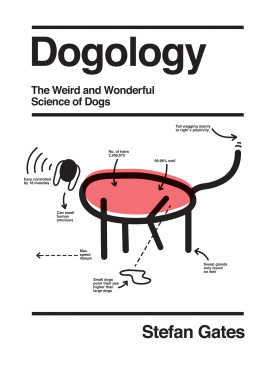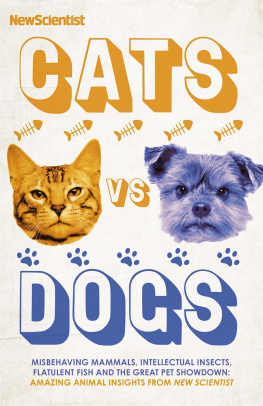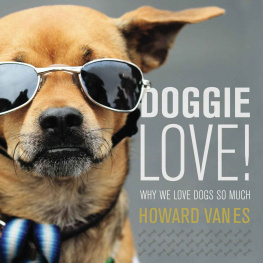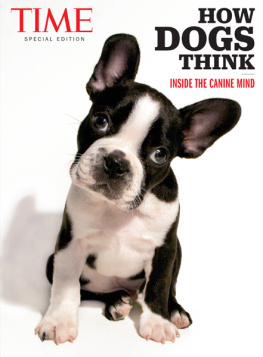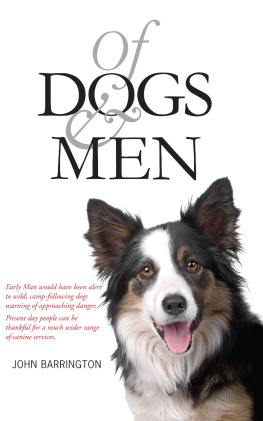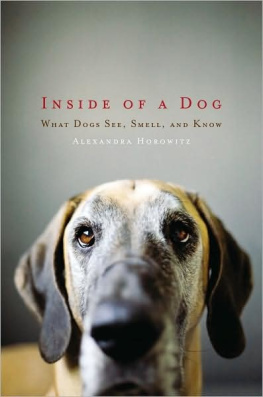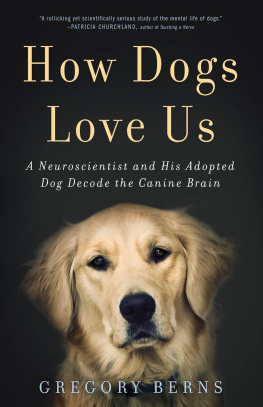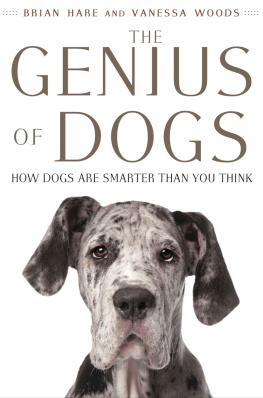This book is based on the work of thousands of wonderful researchers and authors who have put their expertise down in print, and although Ive cited the main papers and books Ive referenced, there were hundreds more that were vital for understanding this fascinating world. Its both odd and sad that most of this is publicly-funded research, yet scientific publishers make huge profits from it and effectively ring-fence that knowledge from the public. Lets hope this changes sooner rather than later.
Thanks so much to the wonderful Sarah Lavelle, Stacey Cleworth and Claire Rochford at Quadrille for such enthusiasm for my weird fascinations and for putting up with both me and my inability to take deadlines seriously. And to Luke Bird for taking on another weird project with such good grace.
Thanks so much to my gorgeous girls Daisy, Poppy and Georgia, for leaving me alone at the end of the garden to write, and for enduring the breathlessly enthusiastic stream of facts I subjected them to over dinner. Thanks also to Blue and Cheeky for enduring my constant poking whilst testing vomeronasal organs, nictitating membranes, fur-counts, cross-species communication and claw-retracability. Thanks also to Brodie Thomson, Eliza Hazlewood and Coco Ettinghausen and, as always, to the amazing and wonderfully supportive crew at DML: Jan Croxson, Borra Garson, Lou Leftwich and Megan Page.
Lastly, thanks so much to the brilliant audiences whove come along to my shows and laughed their pants off whilst weve explored some utterly fascinating or revolting science live on stage. I love you people.
A very unscientific introduction
H ello! Dogology is a celebration of the 0.51 billion furry, stinky-breathed, wet-nosed, face-licking, shoe-chewing, manipulative, gorgeous four-legged mongrels, pedigrees, poo machines and assorted fluffy woo-woos that have our hearts wrapped around their little dewclaws. Its also a celebration of the bizarre, fascinating and often hilarious science behind your own domestic zoology project, who has a breathtaking appetite for play, for tummy-tickling and for sharing the rush of hormones we call love, despite being 99.96% wolf.
As a kid I was always desperate, desperate, DESPERATE for a lovely, scruffy, tail-wagging dog. So my parents bought me a gerbil. If youve never had a gerbil, they are basically a poor mans hamster (which is, of course, a poor mans guinea pig, which is a poor mans rabbit, which is a poor mans cat, which is a poor mans dog). Gerbils are much less cuddly than hamsters and much more rat-like, which my parents convinced me was a good thing. I was actually pretty chuffed with Gerald the Gerbil, though, because I never dared imagine that we could afford a dog, but I constantly dreamed of what might be. Furriness was less of a draw than the idea of companionship. I was a small-town boy drowning in boredom and a dog would not only love me unconditionally, but more importantly it would be a partner. I knew that if I had a dog wed spend our days rescuing injured ramblers, unearthing treasure, solving crime, helping old folk and putting out fires, before ending the day, exhausted but happy, overlooking the canyon together at sunset. You simply dont get that with a gerbil. Not in Milton Keynes, anyway.
Its traditional for writers of books about dogs to bang on about how wonderful their own dog is, but the sheer volume of facts packed into this book is already giving my publisher paper-budget hives, so Ill be brief. Now that Im a card-carrying grown-up, I have a dog. My gorgeous scruffy mutt Blue is a Border Collie-Poodle cross and I love him to pieces. Weirdly, hes as obsessed with balls as he is disinterested in food (with the exception of his morning croissant). We dont get up to a lot of canyon-gazing, but our adventures are plentiful: we explore, we meander, we play. Hes also a sheer sensory onslaught: unbearably cuddlable, beautiful, and he loves me unconditionally with those big adoring eyes, as requested.
But the best thing about Blue is that he makes me a better person. Not in any quantifiable, scientific way Im just nicer, more thoughtful, and care more about my family, my friends, my world and the people in it. We sometimes forget how much of a privilege it is to share our homes with a large predatory mammal. Ive got three other lovely mammals in the house already ones 16, the others 18, and the third doesnt like me to be too specific but Blue is a different species, and its rare for different species to live so closely together. (Theres also a cat, but shes the subject of my other book, Catology.) Dogs have, in evolutionary terms, only recently wandered into our homes for warmth, love and regular meals, and they arent far removed from wild, vicious, ungulate-munching pack animals that would tear your face off as soon as they look at you. (Actually, wolves are much more complex than that, but you get my point.)
Sharing our lives with an entirely different species helps us realize what it is to be human. We make a fundamental shift in communication, expectations, patience, voice, emotions and sense of right and wrong when we relate to dogs. They make us aware of our own extraordinary powers of abstract thought, our desire to nurture, our compassion and empathy, and our great power and responsibility our ability to transform the world, change the climate and affect the other species we share this place with. Dogs remind us that we need to walk lightly on this Earth.
Thank you so much for reading this book. Im a member of an odd but lovely little gang of people called science communicators, and we get a huge amount of pleasure not just from telling you amazing things, but from making learning exhilarating. Youll find us at science festivals, comedy clubs, in schools, on the telly, in pubs and in the kitchen at parties. If theres one thing wed like you to take away from all this knowledge, its that science can be fascinating, shocking, revelatory and often very, very funny. If you spot one of us on the street, do come and say hi but beware: we are avid collectors of facts and weve got so much to tell you.
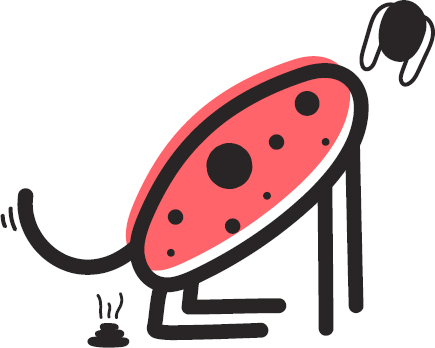
How many dogs are there? Simple question. Hellish to answer. Statistics on the global domestic dog population vary and use wildly different methodology. A decent estimate is 0.51 billion.
.
Note
There are obviously many different canine subspecies including foxes, dingoes and African wild dogs. For brevity, whenever the word dog is used, Im talking about the domestic dog (Canis familiaris), unless I mention otherwise.
Disclaimer
Nothing in this book is supposed to represent veterinary advice, behavioural advice or training advice. If you have any concerns about your dog, please visit a registered vet or animal behaviourist.
Please
Be kind to animals and remember that their experience of the world and their perception is very different to ours. And always pick up your dogs poo. If theres anything more likely to make people hate our dogs, its stepping in a hot, wet pile of shit.
2.01 A brief history of the dog
M any facts, dates and places relating to dogs evolution and domestication are hotly disputed. We do know that in evolutionary terms, dogs are relatively young at 20,00040,000 years old, and that theyre descended from wolves, which first appeared in North America 300,000 years ago (around the same time as humans appeared in Africa). The dogs closest living relative is the grey wolf, Canis lupus, but this is a sister group and dogs immediate ancestors are unknown and probably extinct. Most dog breeds only developed 150200 years ago.

